I made the switch to natural deodorant about 11 years ago. Let me tell you the pickings were slim back then, ha! Now, on the other hand, there are quite a few affordable natural deodorants to choose from.
I love that people are more aware of what they are putting on their bodies and that companies are stepping up to create these healthy products.
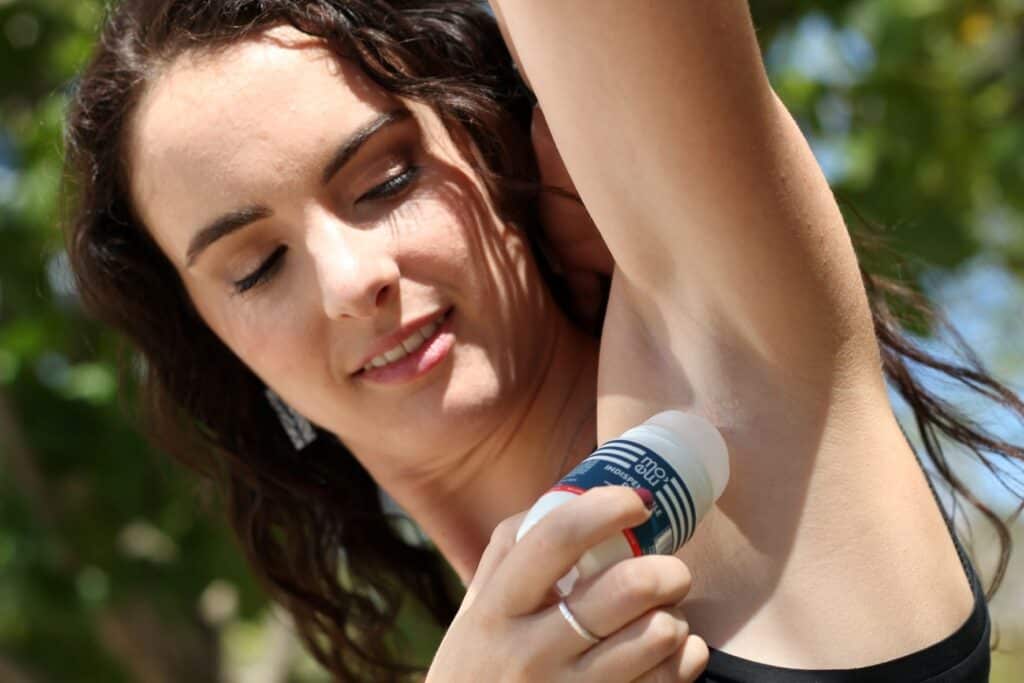
Problems with Typical Deodorant
Deodorants can contain various different toxins—some are worse than others. We’ll take a look at the most common and troublesome deodorant ingredients that you may want to avoid.
Aluminum in Deodorant
You’ll see aluminum listed as aluminum chloride, aluminum zirconium or aluminum chloralhydrate. It is used in the form of salts to clog up the underarm pores in order to prevent sweating.
You have likely heard about the potential aluminum/Alzheimer’s link, which has been discussed since a 1978 study found that brains from Alzheimer patients contain approximately 1.4 times more aluminum than healthy brains.
Aluminum is an endocrine disruptor, which is a substance that mimics hormones or interferes with the natural hormone production within the body, In addition, aluminum is especially dangerous to anyone with kidney disease as their bodies are unable to properly remove the aluminum.
Synthetic Fragrance in Deodorant
Fragrance or parfum is a broad term that refers to approximately 4,000 chemicals used to create artificial scents. One of the troubles is that you have no way of knowing what you are getting since a product may contain dozens or even hundreds of unique ingredients to make up the fragrance.
As you may have guessed, in deodorants fragrance is used to mask unpleasant smells, and, of course, artificial fragrance is cheaper and easier to obtain than natural scents. It is a skin/eye irritant, an endocrine disruptor and toxic to human organs.
Fragrance can contain phthalates, which function as solvents and stabilizers in deodorant. Some types of phthalates have been linked to breast cancer, obesity, early puberty and more. Another troubling ingredient allowed in fragrance is styrene, which is found in cigarette smoke and car exhaust and is linked to cancer.
Triclosan in Deodorant
Triclosan is an antibacterial chemical that is used in deodorants to kill odor-causing germs. Unfortunately, triclosan is also a known endocrine disruptor. It was associated with a decrease in the levels of some thyroid hormones in short-term animal studies and actually banned in by the FDA for use hand soap back in 2016.
Despite the ban in hand soap, it is still allowed in toothpaste and other personal care products. Go figure!
Propylene Glycol in Deodorant
Propylene glycol is a skin conditioning agent. While it breaks down quickly in the body of a healthy person, it can be potentially toxic for someone with poor kidney function or liver problems. It is a skin irritant and allergen that causes contact dermatitis as well as contact urticaria for some, even in low concentrations.
The Environmental Working Group (EWG) also lists it as a moderate nonreproductive organ cancer concern.
BHT in Deodorant
BHT stands for butylated hydroxytoluene, which is a preservative and antioxidant used in cosmetic products to stabilize the formulation and prevent oxidation. It is a common deodorant ingredient. Like propylene glycol, it is a moderate skin irritant and allergen.
In a 2001 mice study, BHT applied via the skin was associated with toxic effects to lung tissue.
What to Look for in a Clean Deodorant?
Aluminum-free has become all the rage and while that is a step in the right direction, I urge you not to stop there, There are tons of safe, natural deodorants on the market these days without any of the concerning ingredients discussed above.
Some are quite expensive, but some are just about the same price as the name brands like Degree and Dove. The EWG’s Skin Deep is a great place to double check ingredients. Let’s take a look at some brands that contain clean ingredients and also have a reputation for working well.
This post contains affiliate links. I may earn a small commission from qualifying purchases.
Schmidts
Schmidts deodorants are widely available, and most scents have an EWG rating of 2. Schmidt’s is vegan and uses 100% natural origin ingredients. It never contains aluminum, artificial fragrance, propylene glycol, phthalates or parabens.
You can find it at the local grocery store, the discount designer stores like Marshalls and TJ Maxx. It’s also available at Target and Amazon. I have tried several scents and liked them all. My only complaint is that it tends to harden over time. I read on the label one day to hold it to your skin to warm it up/soften it. If you have a moment, maybe give that a try.
Humble
Humble consists of just four clean ingredients and comes in a variety of scents (natural, of course!).
The brand is free from aluminum, alcohol, dyes, parabens and artificial fragrance. It’s also certified cruelty-free by Leaping Bunny. Humble makes its deodorants in small batches in America, and the containers cosist of 75% recycled plastic.
You can also sometimes snag these at stores like Marshalls and TJ Maxx.
Tom’s of Maine and Native (unscented versions)
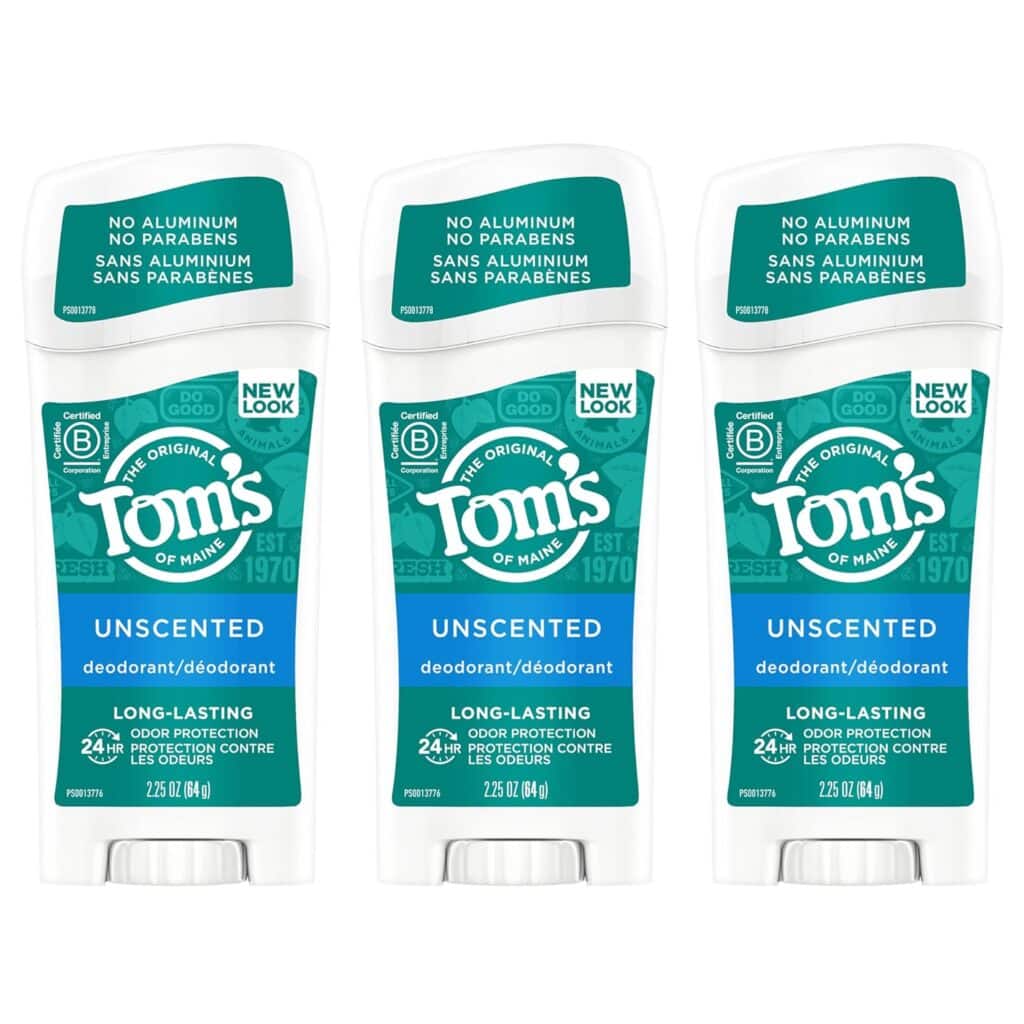
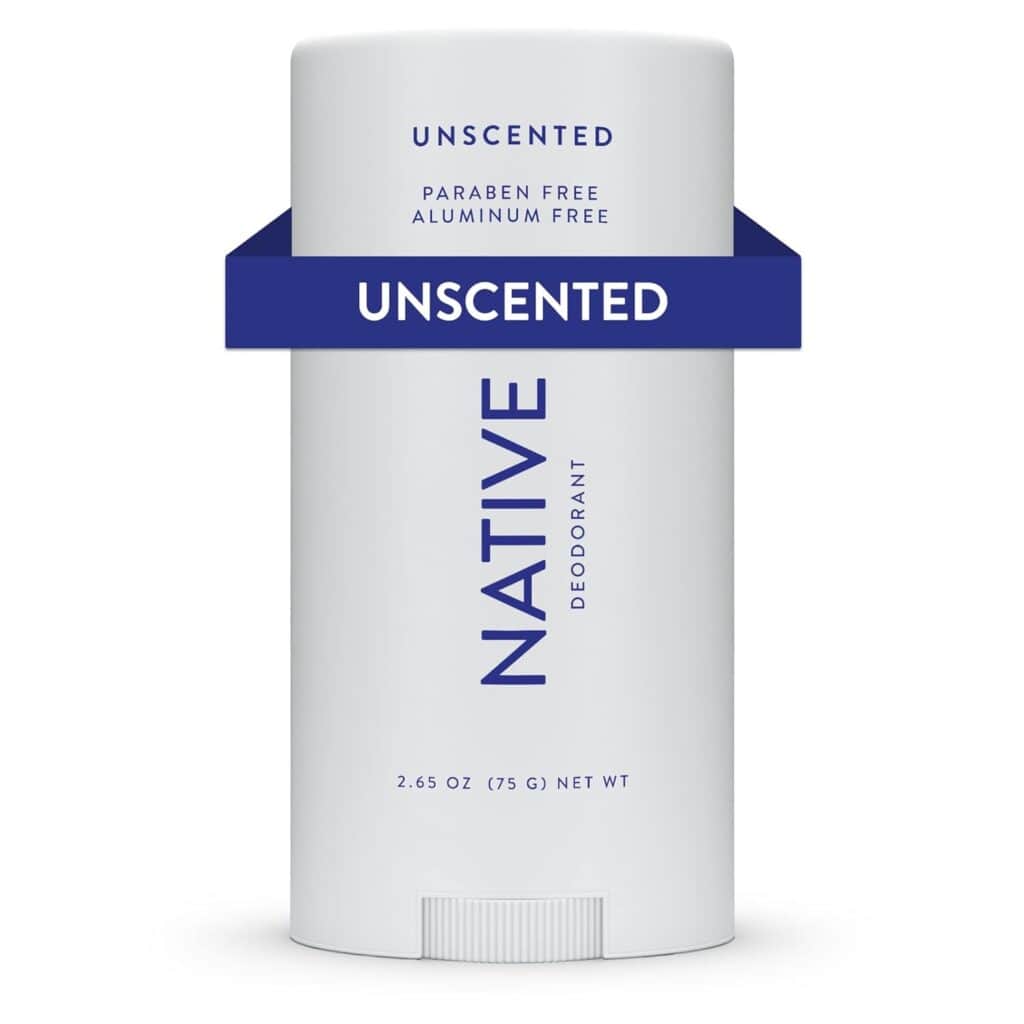
Tom’s of Maine is as affordable as some of the traditional brands of deodorant, which I appreciate. It is free of formaldehyde, synthetic fragrances, polyethylene glycol, phthalates, artificial colors and aluminum to name a few.
Tom’s recently added aluminum back into their men’s formula. They describe it as a cleaner virgin aluminum free of petrochemicals. I haven’t been able to find any details on this just yet, so I’m pausing on the men’s line for now.
Native has rave reviews, and I almost highlighted it in a past post until I realized the brand uses artificial fragrance, which is surprising considering the clean label. It seems to work incredibly well for people who have tried many other natural deodorants to no avail.
Fortunately, they have an unscented version that has an EWG rating of 1. If you don’t just have to have a scent, this deodorant seems like a great choice.
Thanks for hanging out and chatting about affordable natural deodorants with me. Be sure to check out my related post on Clean and Safe Sunscreens.
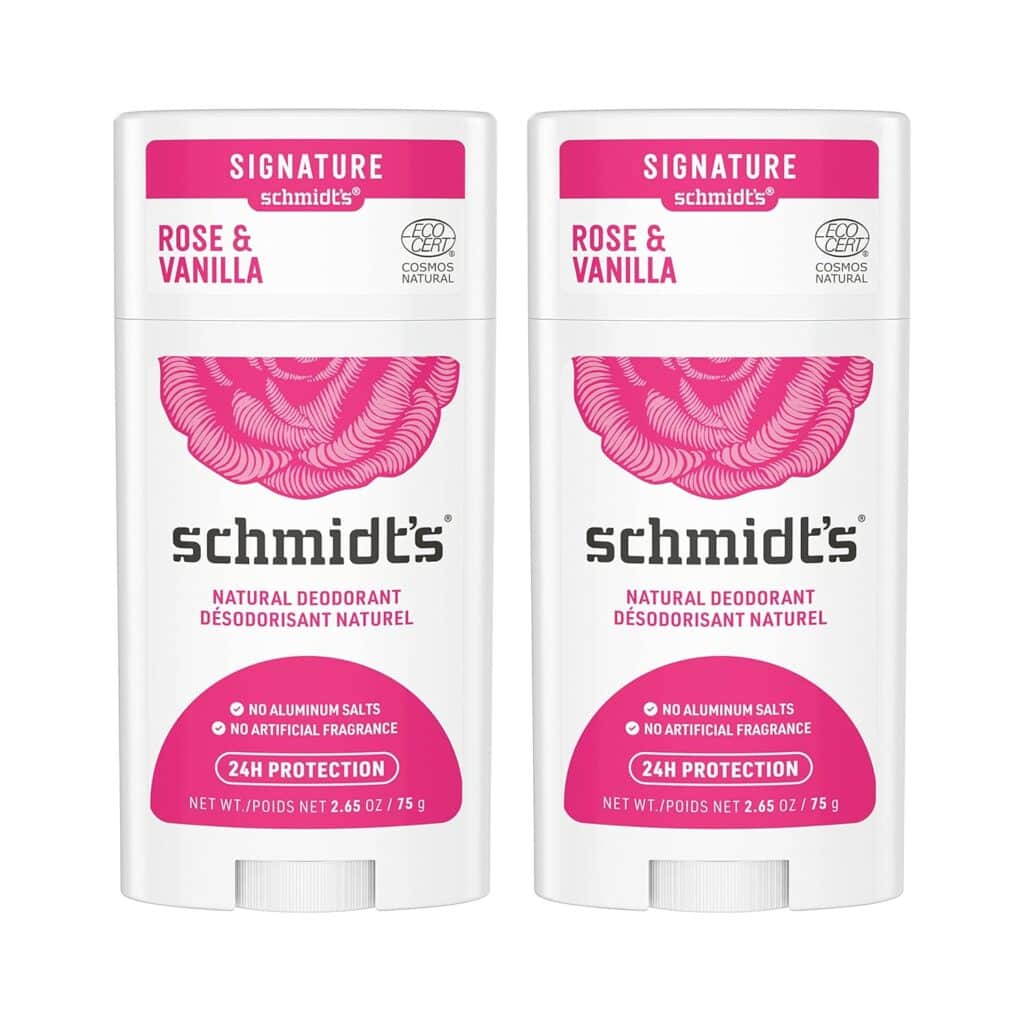
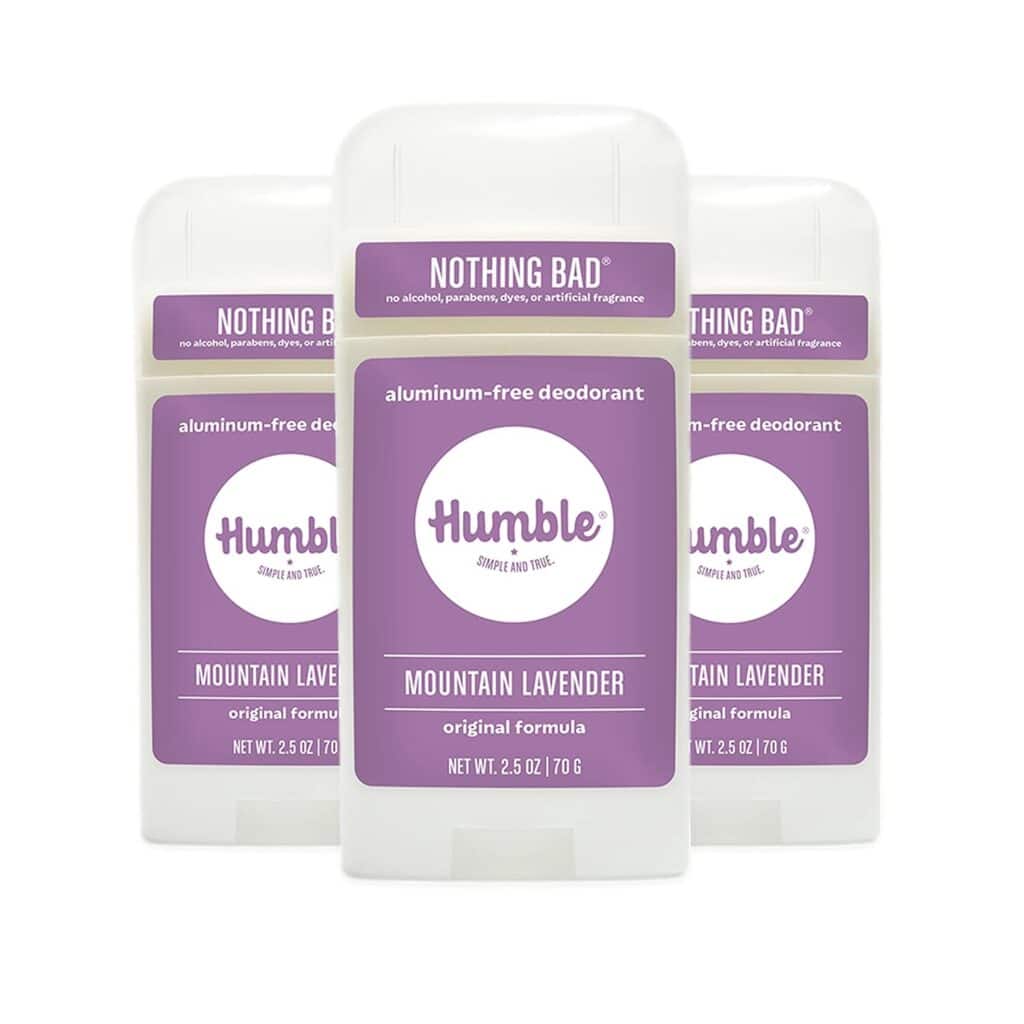
You’re great information keeps me from having to do the research myself. Thank you!